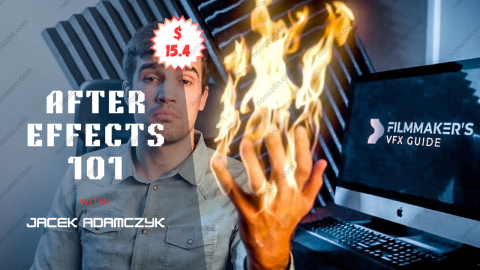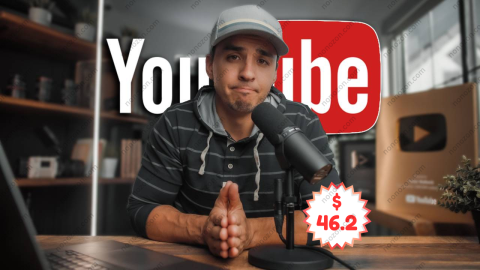Hard Surface Modeling for Production
by adam dewhirst
Hard Surface Modeling for Production by adam dewhirst For Digital Download!
Check Proof of Content here:
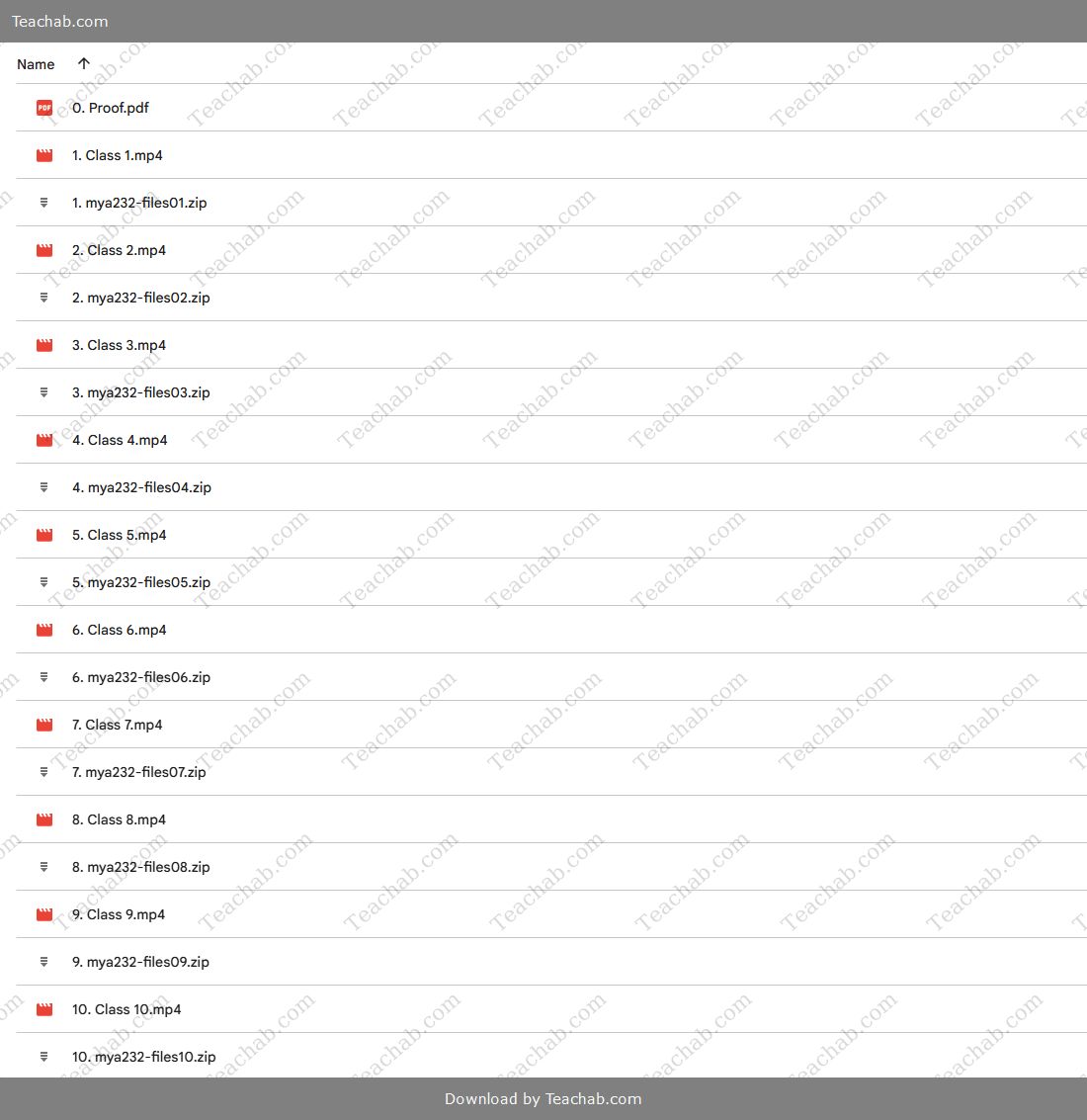
Hard Surface Modeling for Production by Adam Dewhirst – A Comprehensive Review
As 3D modeling continues to evolve, hard surface modeling has become a vital skill for artists working in film, gaming, product design, and industrial visualization. FXPHD’s “Hard Surface Modeling for Production,” taught by industry veteran Adam Dewhirst, offers an in-depth and practical approach to mastering this discipline. Aimed at intermediate to advanced modelers, this course balances technical rigor with creative expression, making it a standout resource in professional 3D education.
Course Structure: A Progressive Learning Experience
Structured over ten classes, the course offers a sequential and logical progression—from concept development to the final presentation of a complex mechanical model. The curriculum revolves around the creation of a detailed spider tank, giving learners a realistic project that reflects production-level modeling challenges.
📚 Curriculum Breakdown
| Focus Area | Key Topics |
|---|---|
| Initial Sessions | Concept art, resource gathering, scale & proportion setup |
| Leg Modeling | Mechanical function, joint articulation, subdivision workflow |
| Body & Turret Design | Precision modeling, topology planning, part integration |
| Weaponry & Details | Finishing elements, component breakdown, realism enhancement |
| UV & Rendering | UV layout, presentation techniques, ambient occlusion rendering |
This structure allows participants to build their skillset incrementally, ensuring a deep understanding of not only how to model, but why certain choices affect functionality and visual integrity.
Foundational Principles with a Production Focus
The course begins by grounding learners in essential principles such as establishing scale, analyzing reference material, and refining concept designs. These elements are crucial in professional environments where models must meet strict requirements for integration into animation, rigging, or game engines.
From the outset, Dewhirst reinforces the importance of clean, efficient topology and functional design—ensuring that models are not only visually compelling but also practical for downstream use in production pipelines.
Modeling the Spider Tank: Functionality Meets Creativity
The spider tank project is more than a vehicle—it’s a lesson in solving real-world modeling problems. The modeling process is broken into sub-assemblies such as leg mechanisms, turret systems, and detailed weaponry. This segmentation:
Mirrors how assets are handled in professional workflows
Helps students understand modular design and joint functionality
Encourages problem-solving through detailed mechanical articulation
Each segment builds upon the last, fostering a mindset of incremental refinement, a critical skill in production modeling.
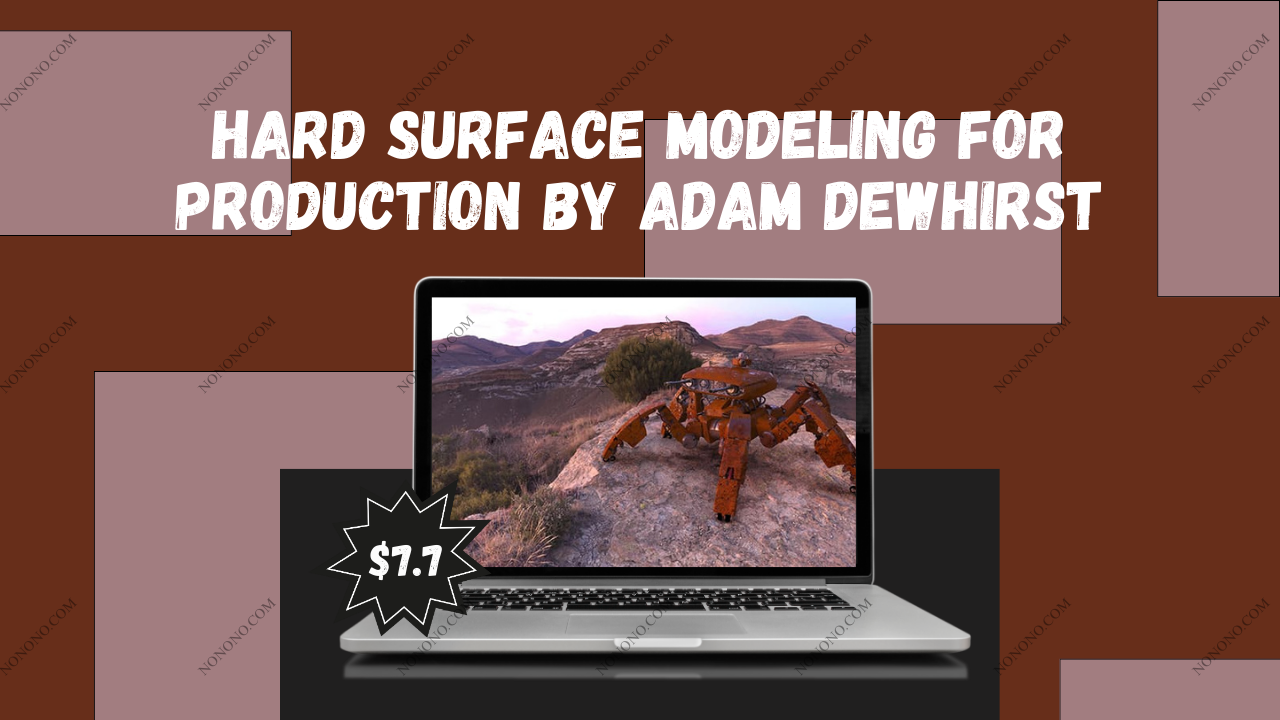
Instructor Insight: Adam Dewhirst’s Real-World Experience
With over 18 years in the industry and credits across major studios, Adam Dewhirst brings a wealth of production experience to the course. His teaching extends beyond button-pushing to cover studio practices, such as:
How to organize a modeling workflow for production use
Preparing assets for dynamic posing and rigging
Anticipating technical feedback from other departments
His ability to contextualize the modeling process in real production scenarios is a significant value-add, especially for students looking to break into film, TV, or AAA game development.
UV Mapping, Rendering, and Presentation
Dewhirst doesn’t stop at modeling—he also addresses presentation, a crucial component for any 3D artist’s portfolio. Students are taught how to:
Set up UV layouts for clean texturing
Generate ambient occlusion renders to showcase model details
Build renders that highlight form, proportion, and craftsmanship
This final step is often underrepresented in modeling tutorials, but here it is treated as essential—underscoring the importance of how work is seen by clients and recruiters.
Creative Development and Personal Growth
One of the course’s most compelling qualities is its encouragement of creative interpretation. While the spider tank serves as a guided project, learners are invited to:
Adapt designs
Add custom details
Explore different modeling techniques
This freedom nurtures personal style development while maintaining a strong focus on industry standards. It’s a balanced approach that empowers students to find their creative voice within a structured framework.
Key Skills Developed
| Skill | Description |
|---|---|
| Hard Surface Techniques | Mastery of mechanical forms, modeling hierarchy, and clean topology |
| Problem Solving | Function-oriented modeling for joints and movable parts |
| Presentation Readiness | UV mapping and rendering techniques to build compelling portfolio pieces |
| Production Workflow | Studio-level organization, naming conventions, and collaboration best practices |
| Artistic Development | Encouragement of style, design sense, and functional aesthetics |
Conclusion: A Strong Investment for Future 3D Modelers
“Hard Surface Modeling for Production” by Adam Dewhirst is a powerful and complete guide to professional modeling. Its structured learning path, hands-on mechanical project, and real-world insights make it exceptionally valuable for 3D artists seeking to elevate their craft.
Whether you’re preparing for work in VFX, games, or product design, this course delivers the tools, techniques, and mindset required to succeed. As the demand for high-quality, mechanically accurate models grows across industries, this program stands as a smart and relevant investment in your artistic and professional development.
Related products
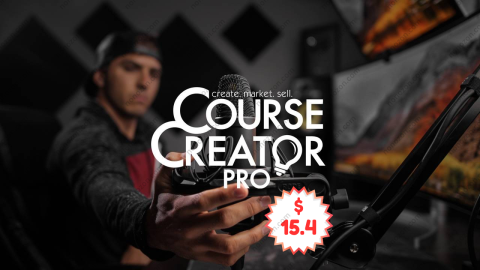
Course Creator Pro (Preview) - Lifetime Updated
by FullTime Filmmaker Team
$15.40

